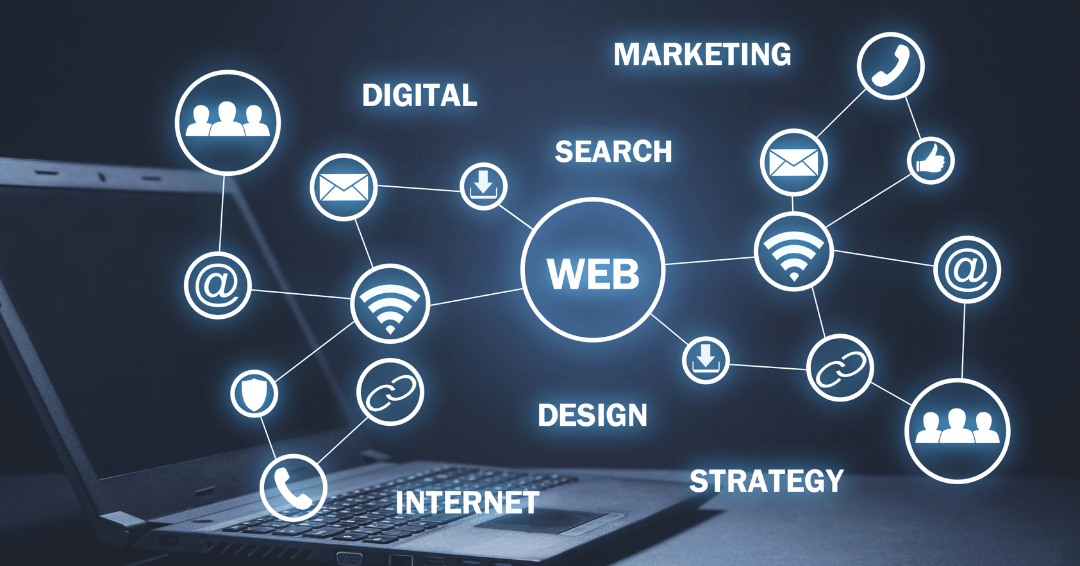In this fast-paced technological age, mobile applications have become an integral part of our lives, transforming the way we interact, work, and entertain ourselves. Behind every successful mobile app lies a well-structured development lifecycle that encompasses various stages from ideation to maintenance. Understanding this lifecycle is essential for creating user-friendly, innovative, and sustainable mobile applications. In this article, we will delve into the key stages of the mobile app’s lifecycle and explore the intricacies of each step.
1. Ideation and Conceptualization
Every mobile app begins with an idea, a spark of innovation that addresses a particular problem or fulfils a need. This stage involves brainstorming, market research, and identifying the target audience. It’s crucial to define the app’s purpose, features, and unique selling points during this phase. Stakeholders collaborate to shape the concept and create a detailed project plan that outlines the app’s objectives, scope, and initial budget.
Simultaneously, the planning phase involves defining the app’s scope, features, and functionalities. The development team collaborates to create wireframes, user flows, and prototypes, enabling stakeholders to visualize the app’s layout and interactions. Additionally, technical decisions such as choosing the development platform (iOS, Android, or cross-platform), programming languages, and third-party integrations are made during this stage.
The key outcome of the ideation stage is a clear understanding of the app’s purpose, target audience, and unique value proposition. Documenting these aspects in a comprehensive project brief serves as a roadmap for the subsequent stages.

2. Market Research
In-depth market research is the cornerstone of a successful mobile app. It involves studying the competitive landscape, identifying similar apps, and analyzing their strengths and weaknesses. This research helps refine your app’s concept, understand user expectations, and discover opportunities for differentiation.
3. Design and Wireframing
The wireframing and design phase brings the app’s visual elements to life. Designers create wireframes and prototypes that outline the app’s layout, user interface, and user experience flow. This process allows stakeholders to visualize the app’s structure and make informed decisions about its design before actual development begins.
The Mockups are the skeletal structures of the app’s screens, providing a structural foundation for the design, mapping out the spatial arrangement of elements and guiding the user’s navigation path. Wireframes and prototyping then breathe life into these skeletal structures by adding colours, typography, images, and other visual components. Through iterative design processes, these preliminary designs undergo refinement, fostering a dynamic back-and-forth between designers and stakeholders. This iterative approach facilitates the identification and rectification of potential usability issues and visual discrepancies early on, thereby preventing costly adjustments at later stages.

4. Development
Development is the stage where the app’s code is written and functionalities are implemented. Developers work closely with designers to ensure that the final product aligns with the envisioned design. Agile development methodologies are often employed, allowing for incremental progress, regular feedback, and flexibility to adapt to changes.
In the mobile app’s lifecycle, a key aspect of the development phase is the selection of the appropriate technology stack, programming language, and development framework. This decision significantly impacts the app’s performance, scalability, and compatibility across a diverse array of devices and platforms. Developers assess the project’s requirements, considering factors like the app’s complexity, real-time interactions, and future growth prospects. This meticulous choice ensures that the app’s codebase is not only efficient but also future-proof, capable of handling increasing user demands and emerging technological trends.
5. Testing and Quality Assurance(QA)
Thorough testing is paramount to delivering a stable and user-friendly app. This stage involves various types of testing, including functional, usability, performance, and security testing. Identifying and addressing issues early in the development process helps prevent costly fixes after the app’s release. Quality Assurance (QA) engineers assume a central role in this stage, orchestrating a series of comprehensive tests to validate the app’s functionality, ensure its compatibility, assess its performance, and safeguard its security.
6. Release and Deployment
With testing completed, the app is ready for deployment to the chosen app stores, such as Apple’s App Store and Google Play Store. Developers prepare the necessary assets, such as app icons, screenshots, and descriptions. Following each platform’s guidelines and requirements is essential to ensure a smooth submission process.
Depending on the app and the organisation, a closed beta version may be released first, allowing a selected group of users to access the app to review and supply feedback before it is launched to the public.

7. Post-Launch Monitoring and Updates
After the app is live, the journey is far from over. Continuous monitoring is crucial to identify and address any issues that might arise, such as crashes or performance bottlenecks. Regular updates are essential to add new features, fix bugs, and adapt to changing user needs. User feedback is invaluable during this phase for making informed improvements. In this phase, the app is subjected to real-world conditions, and continuous monitoring becomes paramount to detect and rectify any unanticipated glitches or challenges that may emerge.
8. Maintenance and Optimisation
The phase of maintenance and optimisation represents a crucial continuum in the life cycle of a mobile app, extending beyond its initial launch to ensure its longevity, reliability, and continued user satisfaction. As the app gains momentum and garners a user base, ongoing maintenance becomes imperative to uphold its functionality, security, and relevance.
9. Scaling and Enhancement
The phase of scaling and enhancement marks a pivotal stage in the mobile app’s lifecycle, signifying its evolution from a fledgling concept to a dynamic and impactful digital tool. As the user base grows, the app’s capacity to handle increased traffic and usage becomes paramount, necessitating scalability in its infrastructure. Scalability ensures that the app remains accessible and responsive even as the number of users, transactions, and interactions surges. Additionally, user feedback can drive further enhancements and expansions, adding new features and functionalities to cater to changing user preferences.
In conclusion, the mobile app’s lifecycle is a comprehensive journey that involves multiple stages, each with its unique challenges and opportunities. From the initial spark of an idea to the post-launch maintenance, every phase requires careful planning, collaboration, and dedication to creating a successful and sustainable mobile application. By understanding and embracing this lifecycle, app developers can increase their chances of delivering a valuable, user-friendly, and enduring product to the ever-evolving digital landscape.
Embracing a well-defined mobile app development lifecycle allows stakeholders to navigate the complexities of design, development, testing, and deployment systematically. It ensures that the final product aligns with the initial vision while also adapting to the changing needs and preferences of users. Ultimately, a holistic approach to the app fosters collaboration, innovation, and a commitment to quality. By understanding and carefully navigating each stage of the mobile app’s lifecycle, developers and stakeholders can create exceptional mobile applications and contribute to shaping the way we interact with technology, enhancing our lives in meaningful and unprecedented ways. Visit our Article page to see other helpful articles and videos. Follow us on social media to stay up to date. Facebook | Twitter | LinkedIn | YouTube | Instagram

